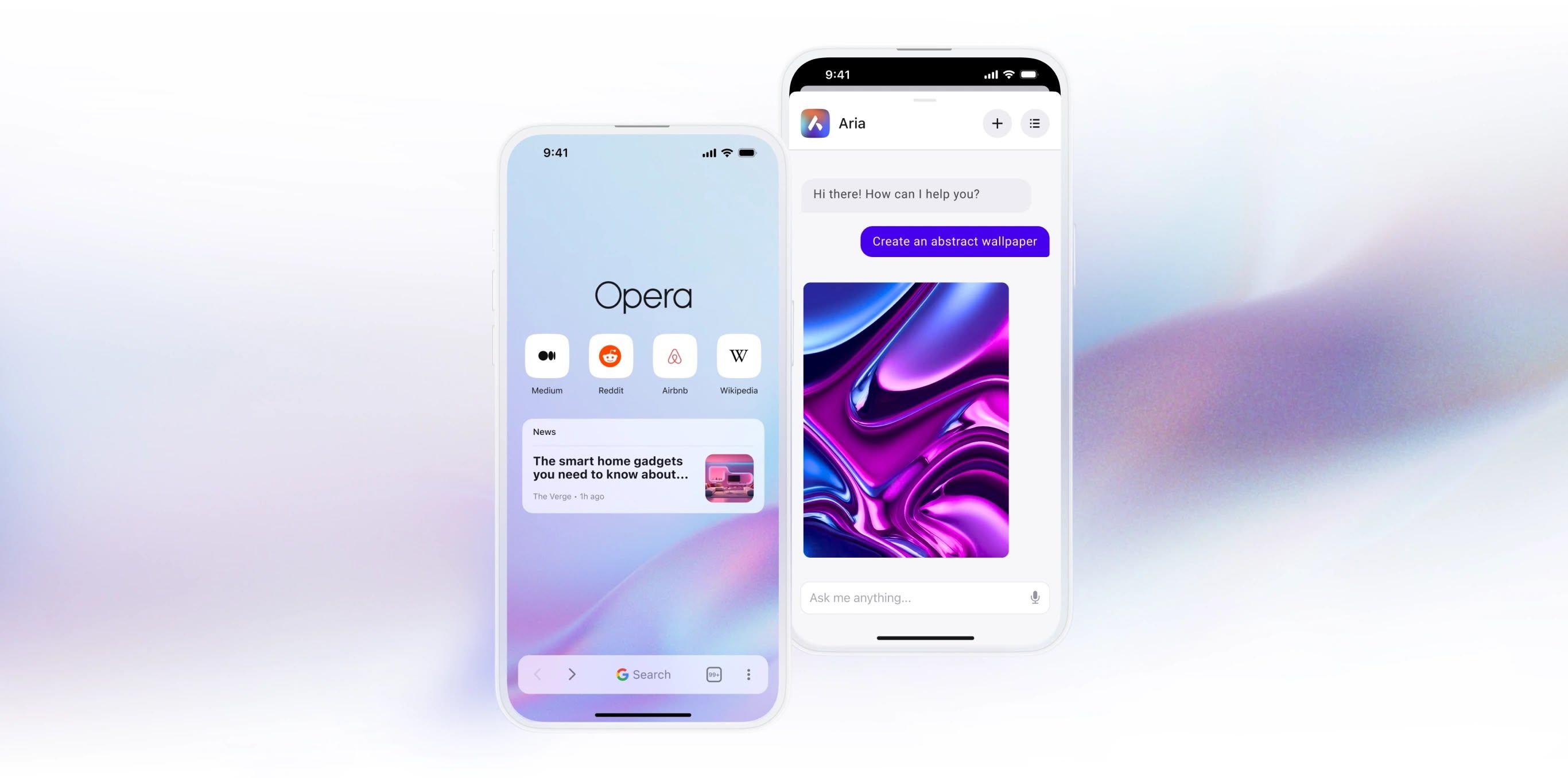Get the latest tech news
What I Wish Someone Told Me When I Was Getting into ARIA
[Accessible Rich Internet Applications (ARIA)](https://www.w3.org/WAI/standards-guidelines/aria/) is an inevitability when working on web accessibility. That said, it’s everyone’s first time learning about ARIA at some point.
Contemporary expectations for keyboard-based interaction for web content — checkboxes, radios, modals, accordions, and so on — are sourced from Windows XP and its predecessor operating systems. Unfortunately, it also means support can sometimes accidentally regress, and people don’t notice before releasing the browser update — again, this is due to a historic lack of resources and prioritization. Has been around for a long time, and its spirit reflects the era in which it was first created; Has a governing taxonomy, vocabulary, and rules for use and is declared in the same way HTML attributes are; Is mostly used for dynamically updating things, controlled via JavaScript; Has highly specific use cases in mind for each of its roles; Fails silently if mis-authored; Only exposes the presence of something to assistive technology and does not confer interactivity; Requires input from the web browser, but also the operating system, in order for assistive technology to use it; Has a range of actual support, complicated by the more of it you use; Has some things to watch out for, namely aria-label, the ARIA Authoring Practices Guide, and macOS VoiceOver support; Can also be used for things like visual styling and writing resilient tests; Is best evaluated by using actual assistive technology.
Or read this on Hacker News

